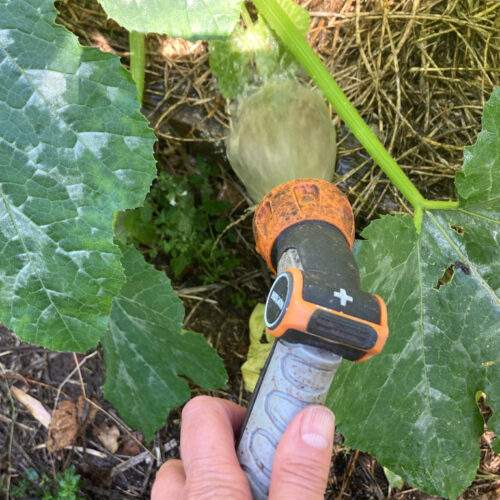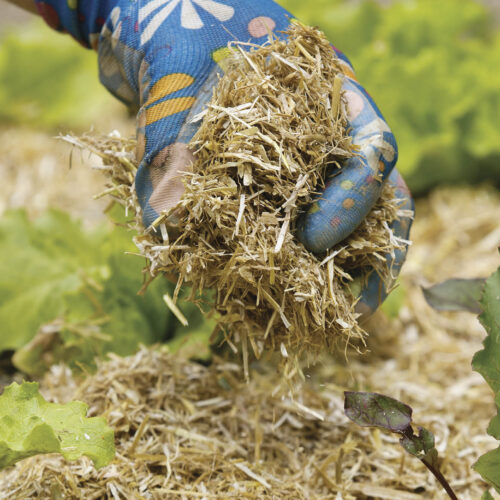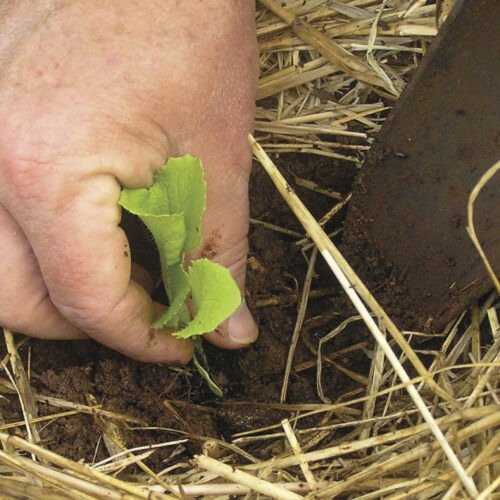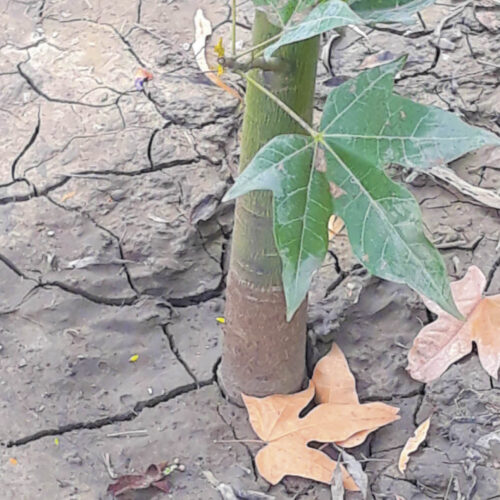Protecting plants from winter cold & frost
2022-07-26T01:53:43+10:00
If you have good house heating, it’s easy to forget that out in the garden some plants need protection from the cold. Here's some tips to help your plants through the winter months, from Karen Sutherland.
Winter brings with it the need for beanies, thick socks, and jackets to protect us from all the colder months’ chills and ills. If you have good house heating, it’s easy to forget that out in the garden some plants need protection too from the cold. Many plants from warmer climates than ours, such as citrus, passionfruit, avocados, jacarandas, or lemon scented gums can thrive in our gardens but need protection from cold in their first 2-3 years after planting into the ground. Some such as avocados also need protection in their first summers.
It’s good to know that local native plants will almost always be frost hardy, as they are adapted to local conditions. However, I found out the hard way that even some of these prefer some protection when young. I planted some quandong seedlings a few years ago, amongst some also newly planted old man saltbush plants and varnish wattles, as quandongs are parasitic so need neighbours. After a year I removed all the tree guards, as I thought they wouldn’t need protection anymore. Sadly, although the saltbushes and wattles survived, only the quandongs close to an old yellow box tree survived, nurtured by the shelter of this tree. I later found a study confirming this observation and will make sure any future quandong plants have the protection they need to get established.
Tips for looking after your precious plants in winter
For small plants, you can use plastic tree guards in cold weather to protect them from cold winds and frost. You can also cover the top of the guard with a lid made from plastic stapled over the top in really cold weather. I’ve used this method to start tomato plants in the garden before the last frost has passed, removing the lid and then the guard 2-3 weeks later when the weather warmed up.
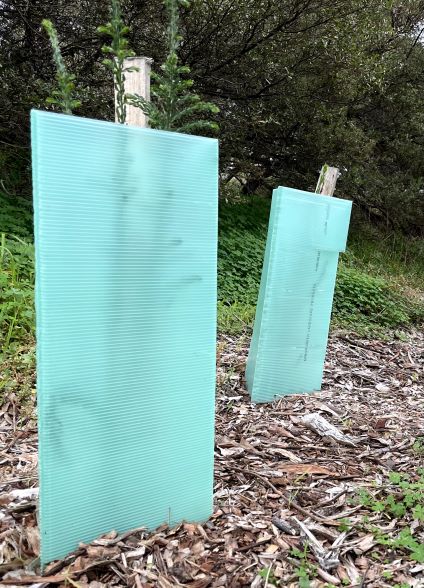
For larger plants, such as grafted avocados or other larger trees, you can rig up a structure with 3 or 4 timber or metal stakes hammered into the ground around your plant and tie a piece of shade cloth over like a protective hat when frost is expected. You can leave the shade cloth overhead all winter for any very frost sensitive plants and all year round for 3 years for plants such as avocados, so they can get properly established without damage to their delicate bark.
Alternatively, plant your frost tender plant in a protected position in your garden, giving the plant the feeling that it’s in the forest or bush. The plants around it will give off some humidity, which will protect your plant against frost and cold generally. This type of protection is what kept those few quandong seedlings alive and growing well today.
Stone walls, rock edging and concrete paths absorb heat and store it, radiating it out at night, which is why fruit growers in cold climates trained their trees into espaliers against brick or stone walls, to help fruits ripen. In Australia, this is more likely to cook your fruit before you eat it as well as stressing your plant, but you may be able to use this knowledge to position plants in your garden.
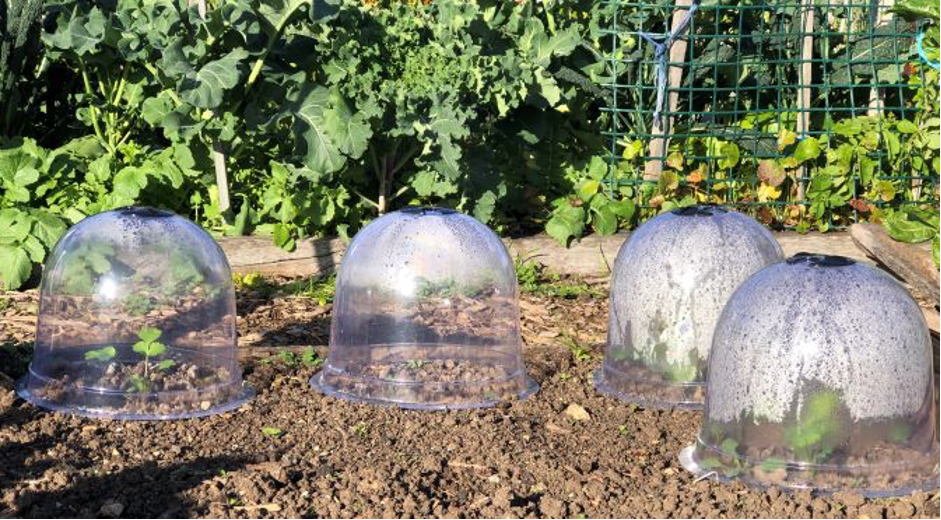
Plastic cloches, available at nurseries, hardware stores and online, are great for protecting small seedlings from frost damage as well as harsh wind. You can make your own from recycled 2 litre plastic juice bottles, cutting off the bottom and pushing the bottle over your plant. On warm days you can remove the lid to let your plant breathe a little more.
Remember not to plant cold sensitive plants at the bottom of a hill, as cold air will tend to pool there.
Even potted plants can suffer frost damage, so these also need to be in a protected position, on a verandah or brought inside. Succulents can be particularly sensitive to frost. Generally, potted plants can tolerate cold better than those in the ground, as the roots are warmer in free-draining potting mix than in the ground, which when wet becomes even colder.
If Jack Frost is predicted to visit tonight, you can water your plants the night before to help keep them warmer, or even spray them with water in the morning before the sun gets onto the foliage.
So, this winter, think of your plants on cold clear nights when the risk of frost is greater and take action if needed with temporary protection.
First published on edibleeden.com.au. You’ll find more articles by Karen Sutherland in recent issues of ABC Organic Gardener magazine.
For more articles by Karen Sutherland see the following:


